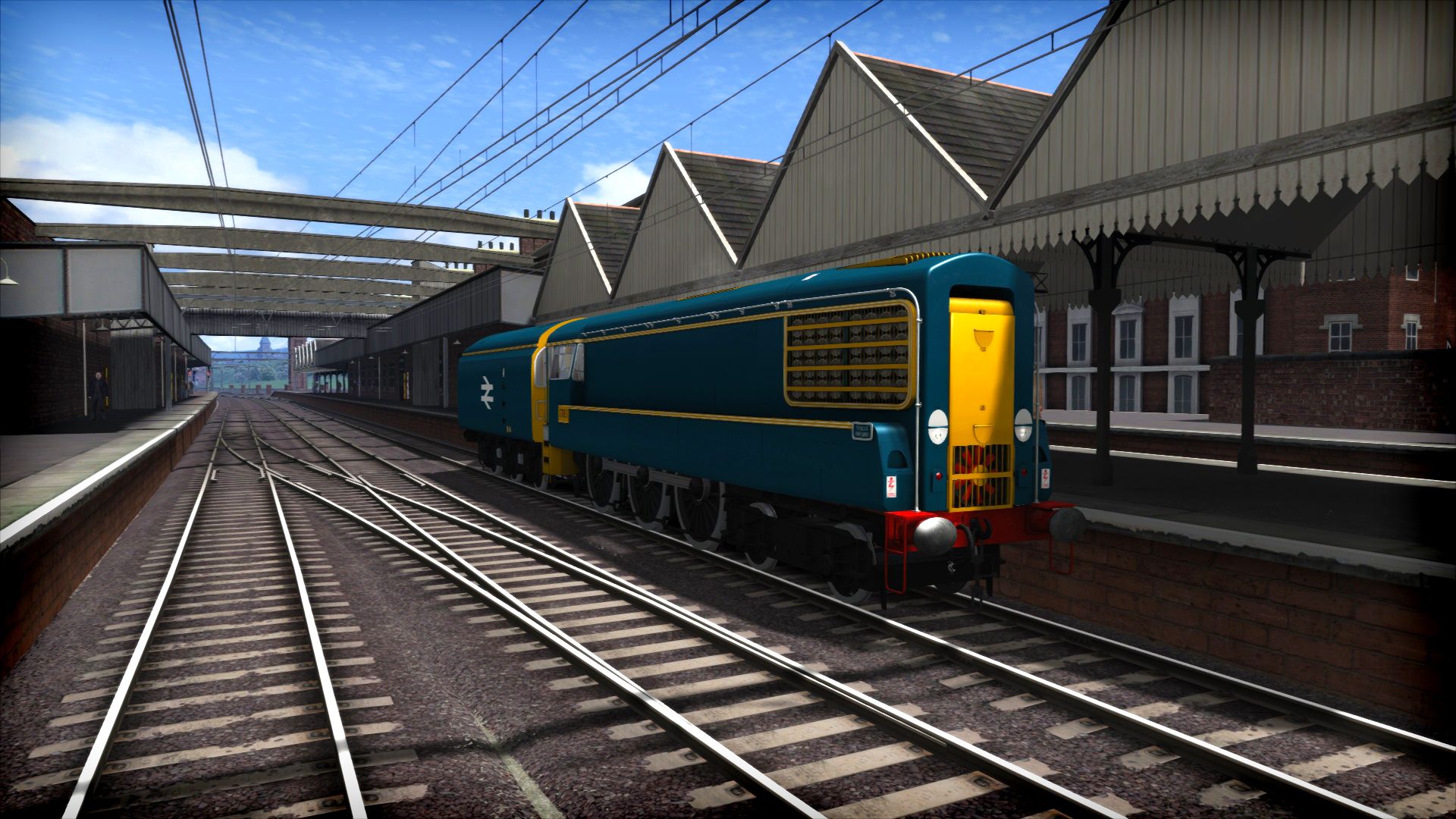Southern Railroad MMs-1 2-8-2+2-8-2 Garratt
The Ratholde Division of the Southern was always a major bottleneck for its dire tunnel and curvature issues. The issue went beyond this, however, as the Southern was also limited to the size of the locomotives able to operate the line due to asphyxiation and heat problems. In most cases, only the smallest 2-8-2 Mikados in freight service and 4-6-2 Pacifics for passenger trains could be used. But things changed when in the 1930s, ALCO approached the Southern with the idea of constructing a garratt, which ALCO had the license for from Beyer-Peacock & Company, and both companies worked with the Southern to design them. Much like several Garratts built around the same time for Canadian National, these were mainly to see if they worked. However, the garratt worked wonders thanks to its ability to run just as well back-first, and several more were operated until diesels eventually arrived. Today, three are preserved with one, #7508, working on the famous steam program from her hometown in Lexington, KY.

The South African Railways GE Garratt, on which the MMs-1 was heavily based.
The Ratholde Division of the Southern was always a major bottleneck for its dire tunnel and curvature issues. The issue went beyond this, however, as the Southern was also limited to the size of the locomotives able to operate the line due to asphyxiation and heat problems. In most cases, only the smallest 2-8-2 Mikados in freight service and 4-6-2 Pacifics for passenger trains could be used. But things changed when in the 1930s, ALCO approached the Southern with the idea of constructing a garratt, which ALCO had the license for from Beyer-Peacock & Company, and both companies worked with the Southern to design them. Much like several Garratts built around the same time for Canadian National, these were mainly to see if they worked. However, the garratt worked wonders thanks to its ability to run just as well back-first, and several more were operated until diesels eventually arrived. Today, three are preserved with one, #7508, working on the famous steam program from her hometown in Lexington, KY.

The South African Railways GE Garratt, on which the MMs-1 was heavily based.


